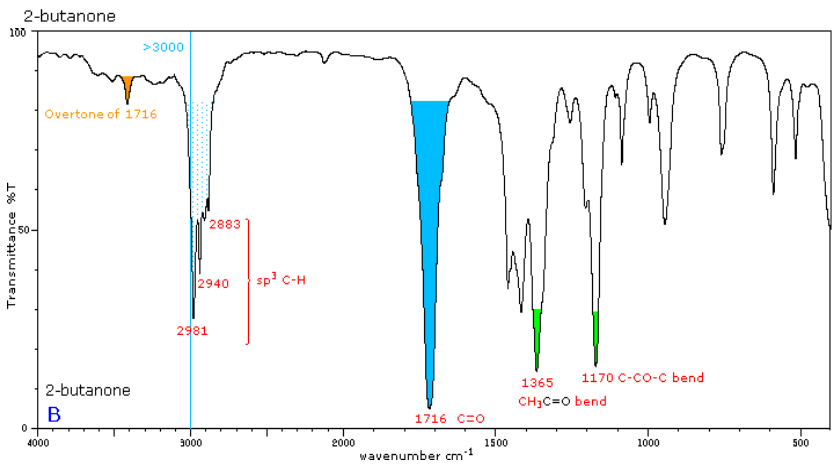

“It’s interesting when I think back to the start.
Ir spectra portable#
MantiSpectra is seeking to advance technologies in the field of miniaturized and portable spectroscopy, in particular by advancing a spectral sensing chip inspired by research from Fiore’s group. “It’s been an organic process, and MantiSpectra has been an organic outcome.” “It wasn’t like we had picked out the company name before we started,” explains Petruzzella. “What we have now with MantiSpectra comes from the efforts of our research team during my postdoctoral endeavors,” says Petruzzella.īut while MantiSpectra has evolved from fundamental research, it still took some time before the research led to technologies that could be used in society. We needed something that was much simpler and more robust.”Īnd so, began the journey towards the TU/e spin-off company MantiSpectra.Īfter completing his PhD cum laude in 2017, Petruzzella moved into the world of postdoctoral research with a focus on the design and fabrication of spectral sensors to analyze light from various sources. But we knew we needed to change the technological approach for it to be truly suitable for everyday application. Petruzzella – formerly a researcher in the department of Applied Physics and now CEO of MantiSpectra – also has fond memories of that paper: “We saw the potential, and the wider public saw the potential. “To see it featured in de Volkskrant was a major vindication for our work to say the least!” “The response to the micro-spectrometer work was extraordinary,” recalls Andrea Fiore, professor in the Department of Applied Physics. Back in 2017, they co-authored a Nature Communications paper that proposed a way to build a micro-spectrometer that could fit in a smartphone, research that caught the eye of the Dutch national paper de Volkskrant. TU/e researchers Maurangelo Petruzzella, Francesco Pagliano, and Andrea Fiore know a thing or two about collecting light and analyzing it with spectrometers. Here, “light” could be the visible light our eyes detect or invisible electromagnetic waves like infrared radiation, which is used in optical communications and also produced by chemical reactions in crops and in stars like our Sun. Spectrometers collect light, break it apart, and tease valuable information from it.


 0 kommentar(er)
0 kommentar(er)
